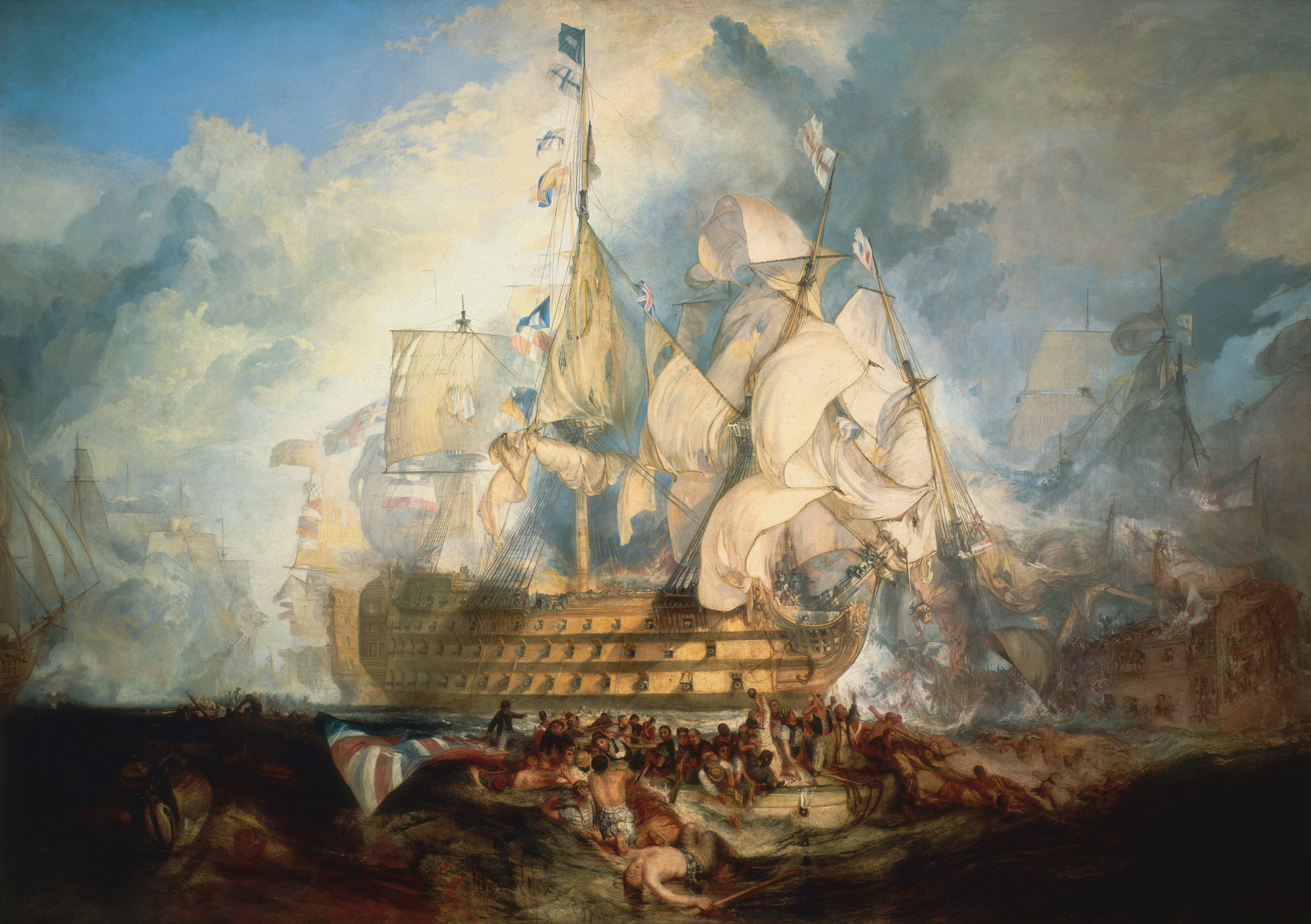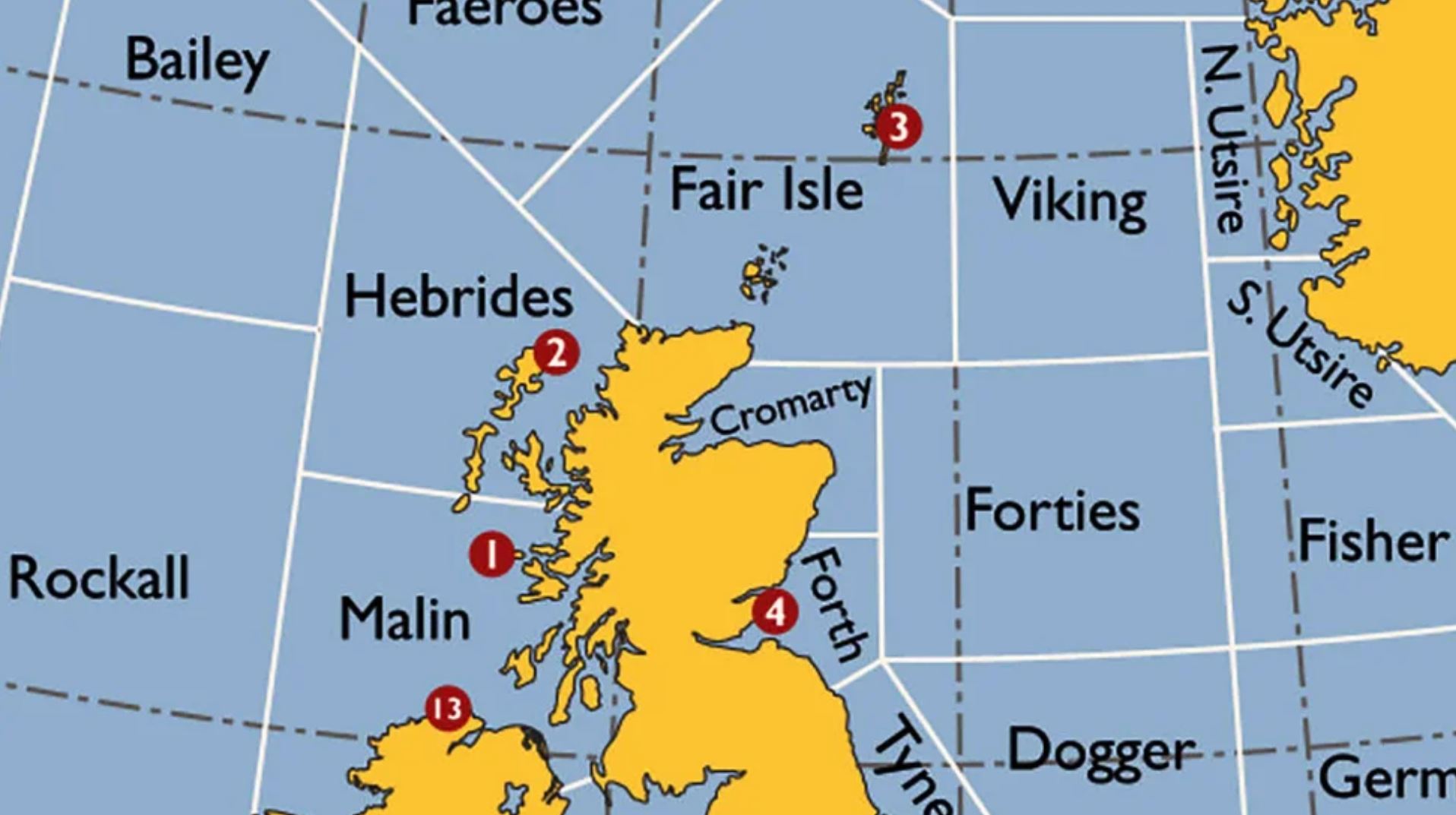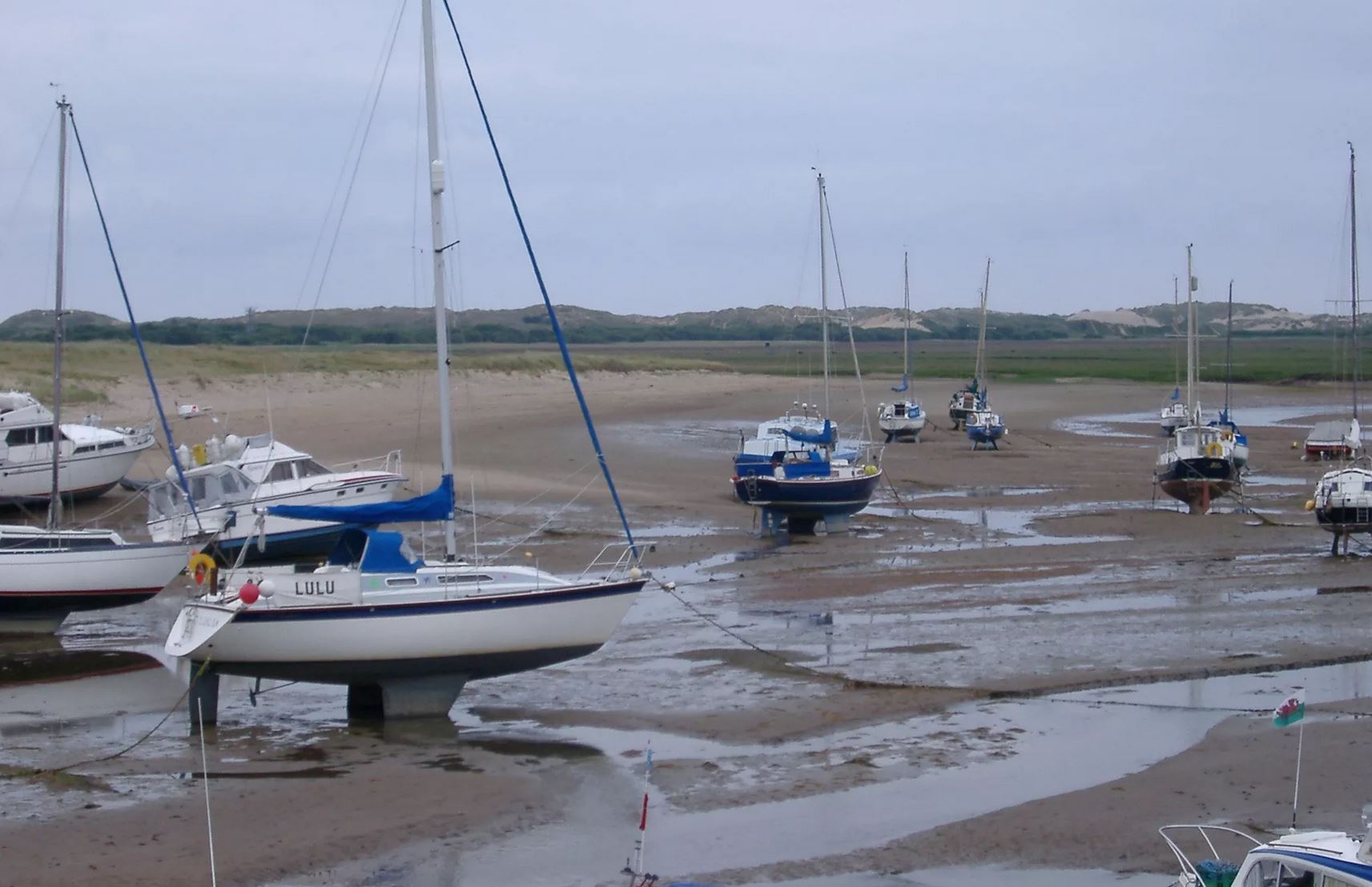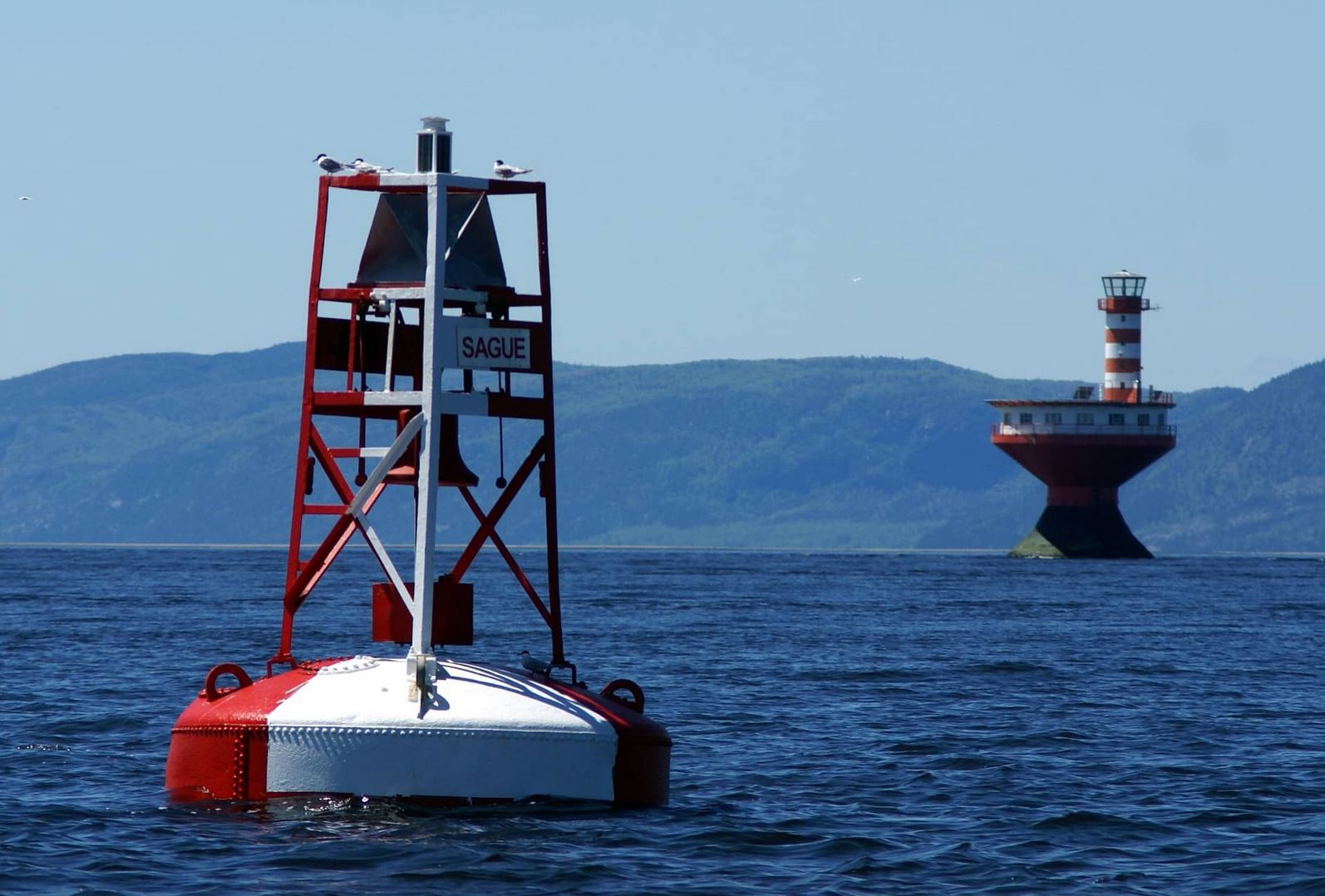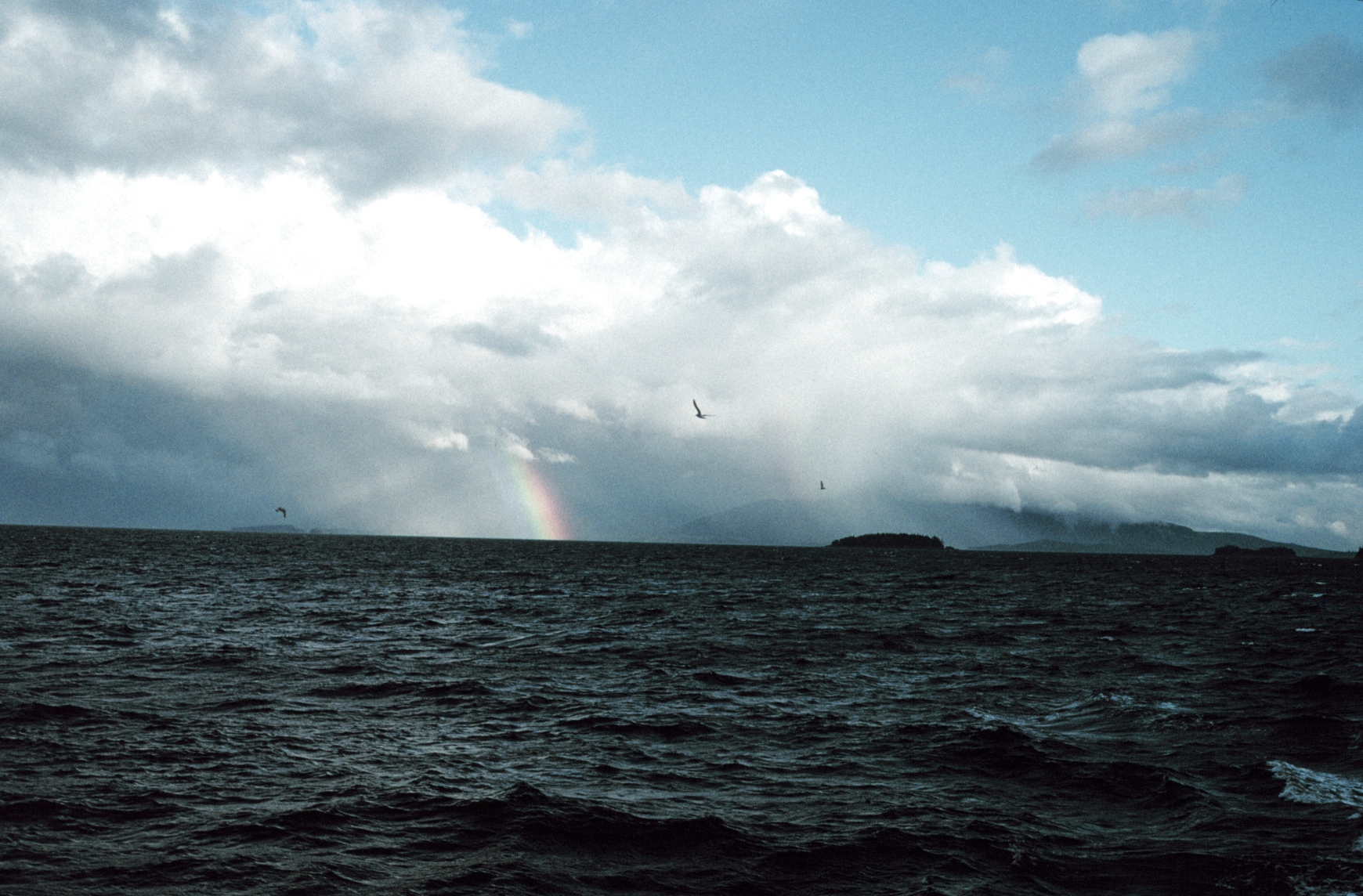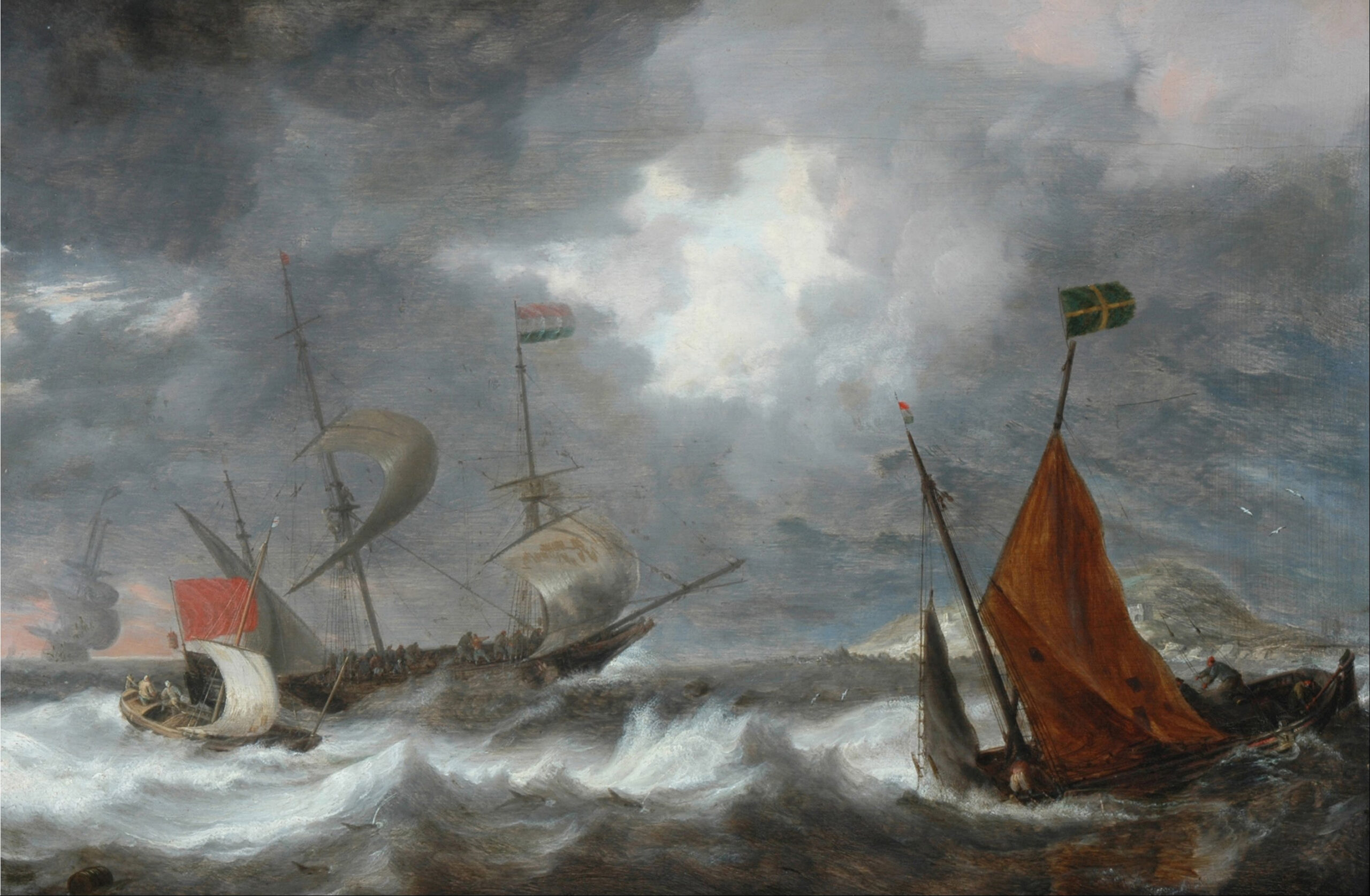Sail training theory tutorial 2: flags, morse code and the phonetic alphabet
When Vice-admiral Horatio Nelson sent the rallying cry “England expects that every man will do his duty” from HMS Victory ahead of the Battle of Trafalgar, he signalled his message using flags. In these days of electronic communication it might seem that such signalling methods are old hat – but flags, the phonetic alphabet and …
Read more “Sail training theory tutorial 2: flags, morse code and the phonetic alphabet”
